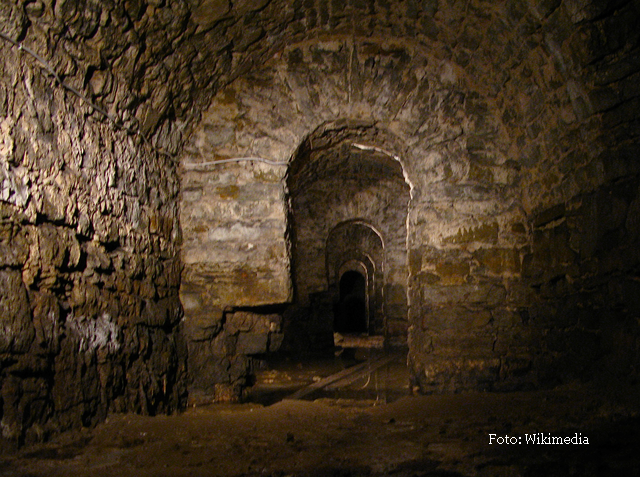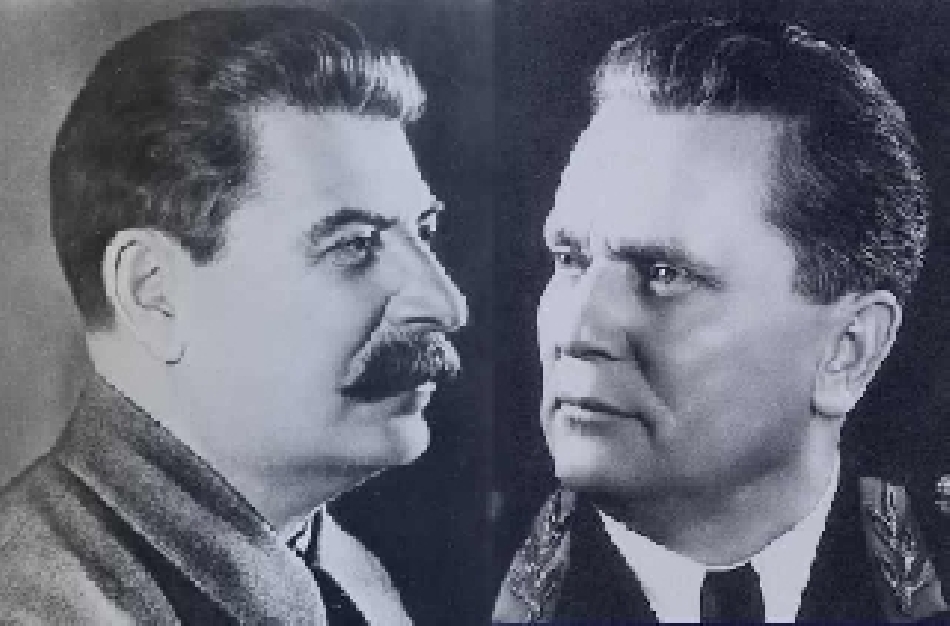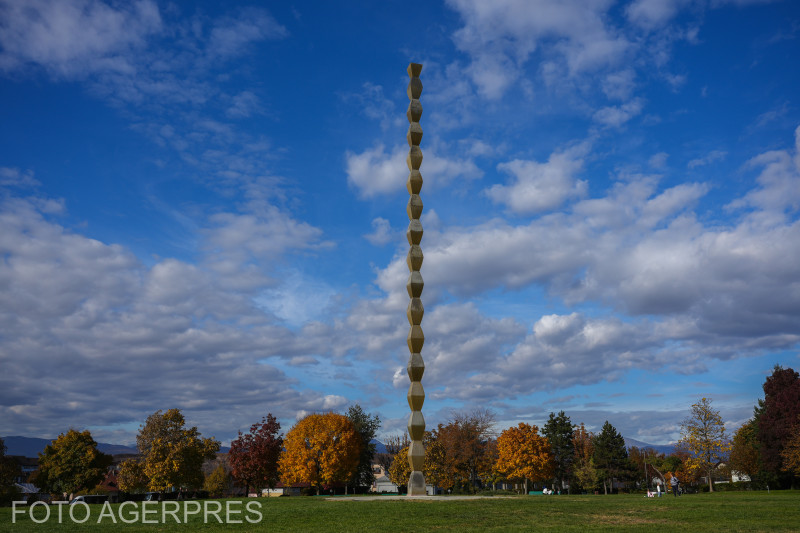Exploring Underground Bucharest
One of the most mysterious stories about Romania's capital city is that of the underground Bucharest.

Steliu Lambru, 28.07.2014, 01:00
One of the most mysterious stories about Romania’s capital city Bucharest, is, in fact – just like in the case of any other big city – that of the city below the city, the story of underground Bucharest. Narrow streets, abandoned tunnels and labyrinths are only some of the elements that make up Bucharest’s secret history. Beyond any paranormal theories and the stories of those who believe in the existence of a secret city, the underground Bucharest truly exists. Exploring it can definitely teach one a lesson of Romanian history. In the Medieval period, wine producers and traders used to have their cellars down there. They were large enough to allow the access of carts for the loading and unloading of the traditional wine demijohns.
In the 19th century, new constructions with evacuation tunnels emerged, such as the 1-kilometer long tunnel linking the Ghica Tei Palace, in north-eastern Bucharest, to the Plumbuita Monastery. Then there is the Schitu Magureanu church, in the northwestern side of the Cismigiu Park, in central Bucharest, which is connected by underground tunnels to the Kretzulescu Palace, located approximately 100 meters eastwards. However, the most famous underground area in Bucharest is the one under the Revolution Square, in central Bucharest.
Augustin Ioan is a professor of History of Architecture at the ‘Ion Mincu’ University of Architecture and Urbanism in Bucharest. He tells us why underground Bucharest can be more attractive than the city itself:
”The underground city is not as uninteresting as it may seem, for two main reasons. The first reason is that the underground world is a recurrent theme in Bucharest’s history. This obsession with underground passages and tunnels emerged from the people’s need to protect themselves from the Turkish invasion, given that Bucharest, just like all extra-Carpathian cities, was not fortified because the Ottomans did not allow it. So this obsession with having underground access ways was quite common in Bucharest’s history. Ruler Alexandru Ipsilanti is said to have built, in the late 18th century, a tunnel connecting the current Royal Residence on the Victoriei Boulevard to his palace, located in the area of today’s Parliament Palace. The Bucharest’s current mayor has recently said that if these tunnels truly exist, they should be presented to the public. At least some of these tunnels that people speak of, really existed. The Ghica Palace surely has underground passages for carriages. I have seen them myself. They were used to buy some time in case the Ottomans sent out an order for the ruler’s ousting.”
The Romanian Revolution of 1989 gave people another reason to be fascinated with underground Bucharest. That period was characterized by a real psychosis, as the Romanian society had a hard time dealing with the radical changes that occurred. The fear of ‘terrorists’, those anonymous people who would bring death and then walk freely around the city did nothing but enhance the psychosis. Augustin Ioan knows stories recollected by witnesses as being their own:
“The theme of the underground Bucharest reappeared during the 1989 Revolution, when terrorists were believed to be living below the city and just pop up in various places at the surface, when least expected. Some even pretended to know their exit spots, some hatchways in today’s Revolution Square. This story has never been confirmed. This obsession can be psychoanalyzed, and I myself have tried to analyze that. Public psychology works well in this situation and it can clearly be identified when it comes to the Parliament Palace. This continuous mapping of the building, of its underground is present in the public subconscious, just like the theme of master builder Manole. Mentions about the underground area below this building can be found in various texts and books. A lieutenant who used to work at the Parliament Palace, which, at the time, was known as the People’s House, said he had witnessed how a man was buried alive in concrete. Rumors about it spread after 1989. It’s stories like this that create urban myths.”
The Parliament Palace is the most spectacular building in Bucharest, initially called the House of the Romanian Socialist Republic and then People’s House. Of course, it has its own share of mystery. Part of a group of journalists in the early 1990s, Augustin Ioan visited the underground levels of the building. Down there, architect Anda Stefan took some amazing photos, which she later presented in an exhibition:
“There were some workers, in a basement, who were building a spa room and were just fixing the tiles. They were asked who hired them to do that. No one admitted they were following someone else’s orders. In an attempt to prove he knew nothing of it, the building’s administrator called some TV journalists to visit the building’s underground levels. The last level had no lights, except from those of the cameras. Some amazing photos were taken there and a fellow architect even used the camera flash. She did not see what she was photographing; she just took photos in the dark. After processing the film she saw pictures of something fabulous: inscriptions instigating to anarchy, Masonic symbols and other things like that, in a place where access is denied. What’s sure is that the place was full of garbage and needed to be cleaned.”
Secret stories have always fascinated people more than every-day reality. And Bucharest has many secret stories and places that still need to be discovered.






























